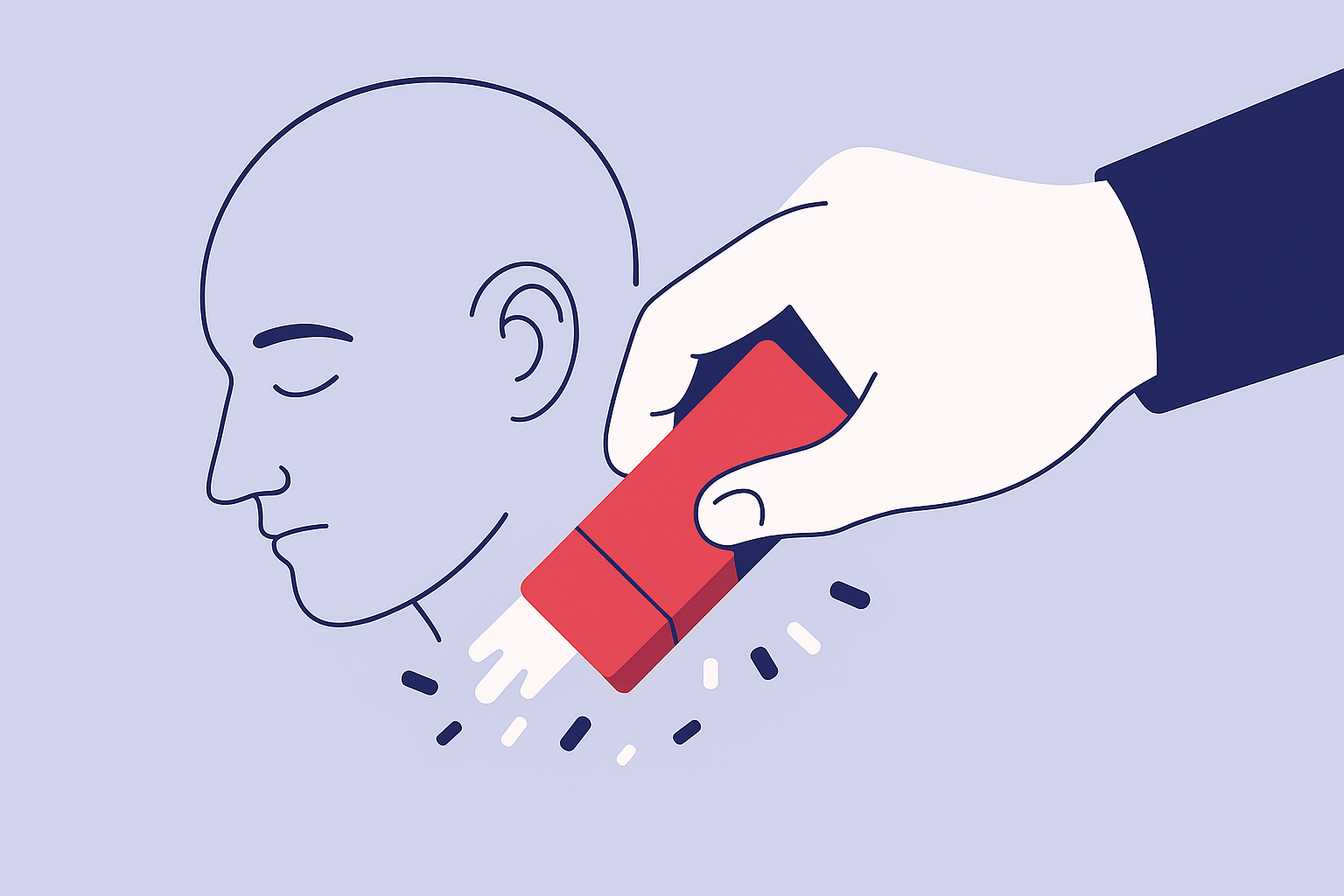The Rise of Digital Authoritarianism: Government Surveillance and Internet Censorship
In the quiet hum of servers and the glow of our screens, a new form of control is taking shape. It’s called digital authoritarianism, a modern-day iron curtain built not of bricks and barbed wire, but of algorithms, data, and code. This rising tide uses sophisticated government surveillance and pervasive internet censorship to monitor citizens, manipulate information, and silence dissent. It’s a quiet coup happening in the digital realm, transforming the very tools meant to connect us into instruments of oppression. Understanding this threat is the first step toward defending the open, free internet we so often take for granted.
To better understand why protecting personal data is central to this fight, see Why Your Digital Privacy Matters.
The Hallmarks of Digital Authoritarianism
Digital authoritarianism isn’t just about blocking a few websites; it’s a comprehensive strategy to exert state control over the digital sphere. Its methods are subtle yet powerful, creating a chilling effect on free expression and civic participation.
At its core is widespread government surveillance. This isn’t your old-school wiretap. We’re talking about mass data collection, from your social media posts and private messages to your location history and online purchases. Regimes are building vast digital profiles on their citizens, using this information to predict behavior and preemptively squash dissent. This constant state-sponsored monitoring creates a digital panopticon, where citizens feel they are always being watched, leading to self-censorship and a fear of stepping out of line.
Hand-in-hand with surveillance is aggressive internet censorship. Authoritarian regimes employ sophisticated filtering systems, often called “Great Firewalls,” to block access to international news sources, social media platforms, and any content deemed politically sensitive. This content blocking creates a sanitized, state-approved version of the internet, isolating citizens in a bubble of propaganda and making it difficult to access objective information. The goal is information manipulation on a grand scale, ensuring the state’s narrative is the only one that gets heard.
Finally, these tactics are supercharged by state-led disinformation campaigns. By flooding social media with pro-government propaganda, conspiracy theories, and attacks on critics, regimes can drown out opposing voices and shape public opinion. This digital repression uses the very architecture of our social networks to sow division and confusion, undermining trust in democratic institutions and factual reporting.
The Tools of the Trade: A High-Tech Arsenal of Control
The rise of digital authoritarianism is powered by a suite of advanced technologies, many of which were developed in open societies for commercial purposes. In the hands of authoritarian states, these tools become weapons for social and political control.
- Artificial Intelligence (AI) and Facial Recognition: AI-powered cameras are being deployed in public spaces to create vast facial recognition networks. This technology allows for the real-time tracking of individuals, identifying protesters in a crowd or monitoring the movements of ethnic minorities. It’s a powerful tool of government surveillance that turns a simple walk down the street into a data-gathering exercise for the state.
- Social Credit Systems: Perhaps the most dystopian tool is the social credit system. These systems assign citizens a score based on their online and offline behavior. Paying bills on time might raise your score, while posting critical comments online or associating with known dissidents could lower it. A low score can result in real-world consequences, such as being barred from buying train tickets, accessing loans, or even getting certain jobs. It’s a system of social engineering designed to enforce conformity.
- Spyware and Hacking Tools: Governments are increasingly using sophisticated spyware, like Pegasus, to infiltrate the devices of journalists, activists, and political opponents. This allows them to read messages, listen to calls, and track locations, providing an intimate window into the lives of those they deem a threat.
- Centralized Internet Infrastructure: Many authoritarian states are tightening their control over the physical infrastructure of the internet. By forcing data to be stored on local servers (a concept known as “cyber sovereignty”) and controlling internet gateways, they make internet censorship and surveillance easier to implement and harder to circumvent.
Case Studies: Digital Repression in Action
To understand the real-world impact of digital authoritarianism, we need only look at how it’s being implemented across the globe.
China is often considered the blueprint for digital authoritarianism. Its “Great Firewall” is the world’s most sophisticated system of internet censorship, blocking thousands of foreign websites. This is combined with the “Golden Shield Project,” a massive system of government surveillance that includes extensive camera networks and data monitoring. The development of its social credit system aims to create a society where citizens’ behavior is constantly rated and policed by the state.
In Russia, the government has enacted a series of “sovereign internet” laws that give it the power to disconnect the country from the global internet in an emergency. It has also systematically blocked websites, throttled social media platforms, and required tech companies to store Russian user data on local servers, expanding its control over the flow of information.
However, these tactics are not limited to established autocracies. We see echoes of this model in various countries where governments are introducing legislation to weaken encryption, censor online content, and increase surveillance powers, often under the guise of national security.
Resisting the Digital Panopticon: How to Fight Back
The picture may seem bleak, but the fight for a free and open internet is far from over. Individuals, civil society organizations, and democratic governments all have a role to play in pushing back against digital authoritarianism.
For Individuals: Protect Your Digital Self
Your first line of defense is digital literacy and adopting privacy-enhancing technologies.
- Use a VPN (Virtual Private Network): A VPN encrypts your internet traffic and masks your IP address, making it much harder for your ISP or the government to monitor your online activity. It’s an essential tool for circumventing internet censorship.
- Embrace Encryption: Opt for end-to-end encrypted messaging apps like Signal or WhatsApp for your private conversations. This ensures that only you and the person you’re communicating with can read your messages.
- Be Mindful of Your Digital Footprint: Think twice about the information you share online. Adjust your privacy settings on social media and be cautious about the permissions you grant to apps.
- Support Digital Rights Organizations: Groups like the Electronic Frontier Foundation (EFF) and Access Now are on the front lines, fighting against government surveillance and censorship in courts and legislatures.
For Society: A Collective Defense
Beyond individual action, we need a collective response. This includes advocating for strong data protection laws, promoting net neutrality, and holding tech companies accountable for their role in enabling surveillance. Supporting independent journalism and media literacy initiatives is also crucial to combat disinformation.
The rise of digital authoritarianism is one of the defining challenges of our time. It threatens not only our online privacy but the very foundations of democratic society. By understanding the tools of digital repression and taking proactive steps to protect ourselves and advocate for a free internet, we can help ensure that technology becomes a tool for liberation, not control. The future of freedom may very well be decided online.



One Comment